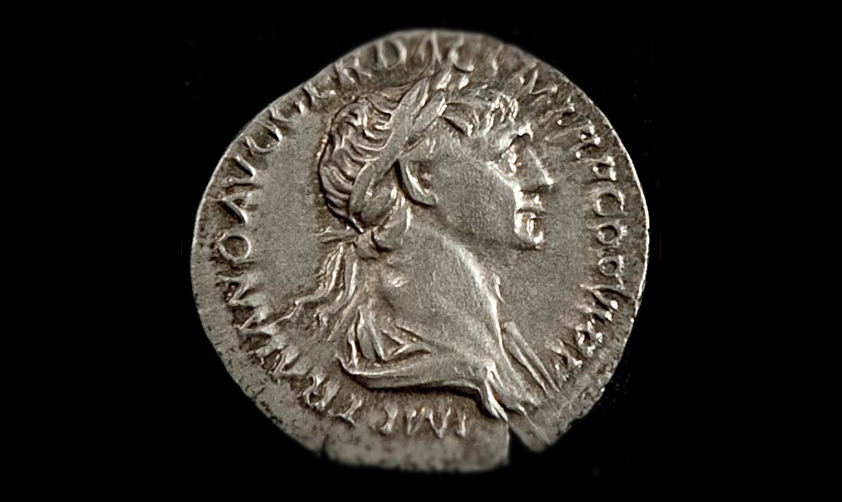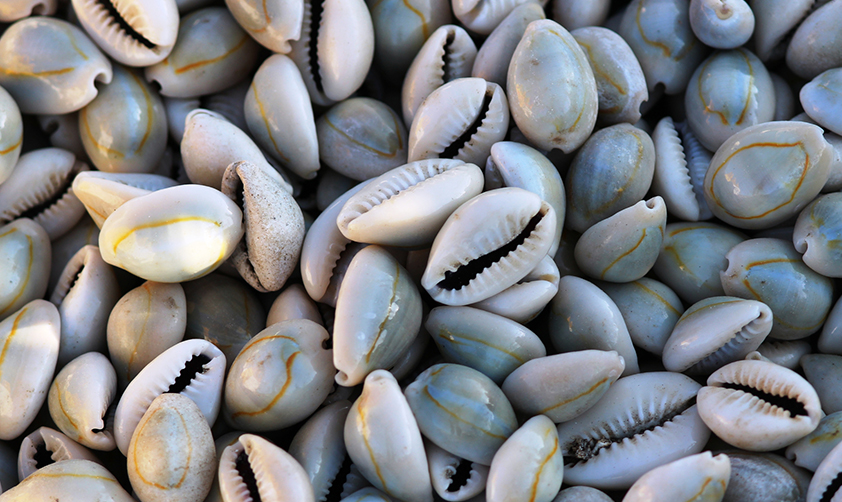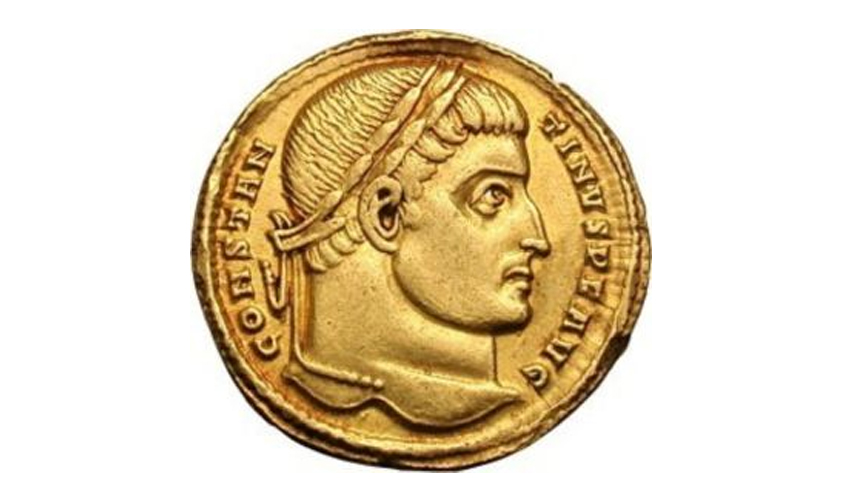Have you ever wondered when money was born? And what about finance?
Almost everyone agrees that minted money was invented quite a long time ago. We read about money in the Gospels and we see it in films and TV series set in ancient Rome. When it comes to finance, however, most people probably believe it is a modern invention.
Surprisingly, it's the reverse, and finance was actually born long before money was minted. Minted money only made its first appearance at the end of the 7th century bce, in Lydia and in the Greek colonies in Asia Minor corresponding to present-day Türkiye, whereas the earliest financial contracts date back to the 3rd millennium bce. The contracts were recorded on clay tablets by the civilizations of ancient Mesopotamia (present-day Iraq), and have been found there in large quantities. Writing was born there too, towards the end of the 4th millennium bce; it was invented by the Sumerians, who used a stylus with a triangular-shaped end to engrave wedge-shaped characters onto tablets of fresh clay. Because of the distinctive shape of its characters, archaeologists named it cuneiform writing.
Seventy-five of these tablets were on display at 'The Adventure of Money' exhibition, held at Palazzo Esposizioni in Rome from 31 October 2023 to 30 June 2024. One in particular was analysed as an example, and we can look at it together.
This specimen records a contract concerning the loan of a certain quantity of barley that a man named Aradmu made to another man named Arši-aḫ. Upon repayment, the debtor would have to pay an amount of interest to his creditor, as indicated on the tablet (figg. 1-2).
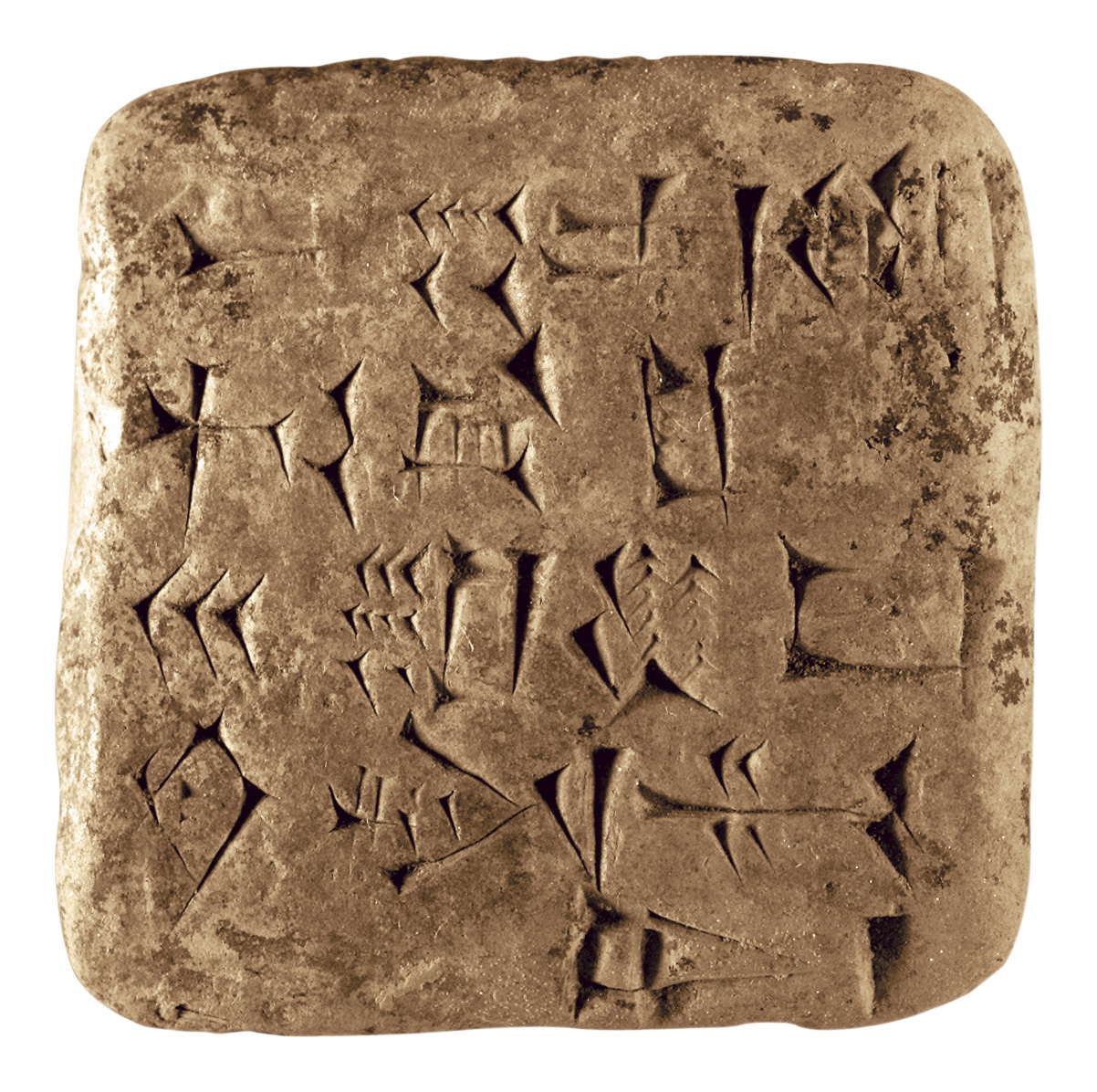
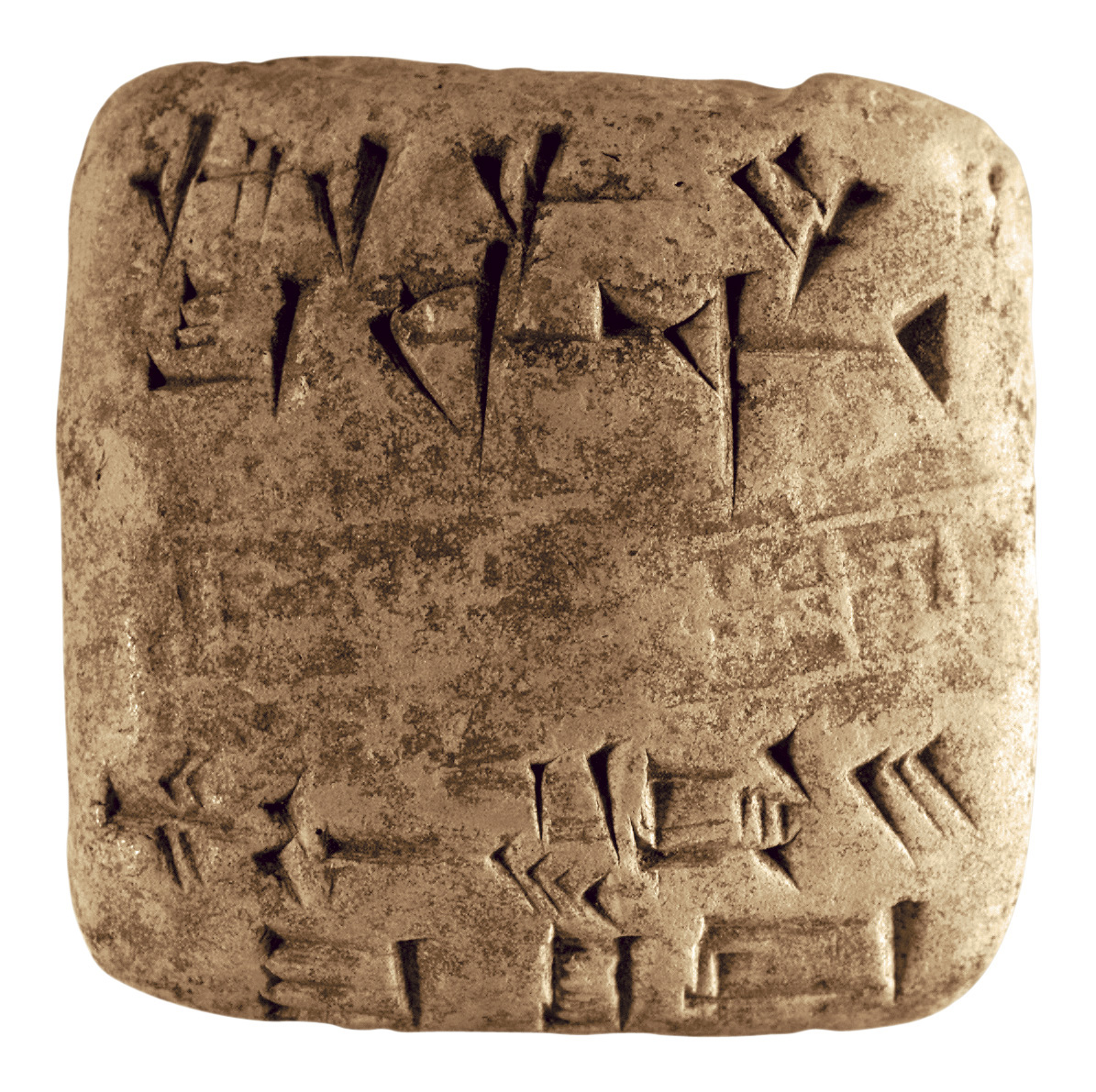
All the elements found in a contract today were already there: the names of the contracting parties, the amount of the loan and the interest, the conditions imposed, the date and a stamped seal.
Scholars have calculated that about 80 per cent of all documents found in Mesopotamia relate to accounts or administration; they are deeds for the purchase and sale of land, houses, slaves or goods, but also for the delivery of goods, for compensation for damages, for loans, the cancellation of debts, donations, inheritance and so on.
So, if minted money was not introduced until later on, how were transactions settled before that time?
The usual means of payment were silver (by weight) and barley, but also, to a lesser extent, copper, tin, lead, and very rarely gold, wool or other goods.
Minted coins were actually the culmination of a long process which began roughly in the 3rd millennium bce with the use of livestock, various grains, and raw metal or metal rods as natural currency; progress was a bit haphazard, sometimes involving tools such as spits, tripods, lebetes (metal vessels and cauldrons), axes, double pikes (weapons with a wooden shaft and sharp iron tip) and many other things.
The turning point came when the objects used for trading purposes began to bear seals that allowed people to identify their issuing body and guaranteed their value.
'Primitive' coins were obviously quite a different matter and they include the weapons, ornaments and shells used by the peoples of Africa, Asia, Oceania and the Americas since ancient times (and which are still in use in some cases). We talk about these particular coins in a separate article!



